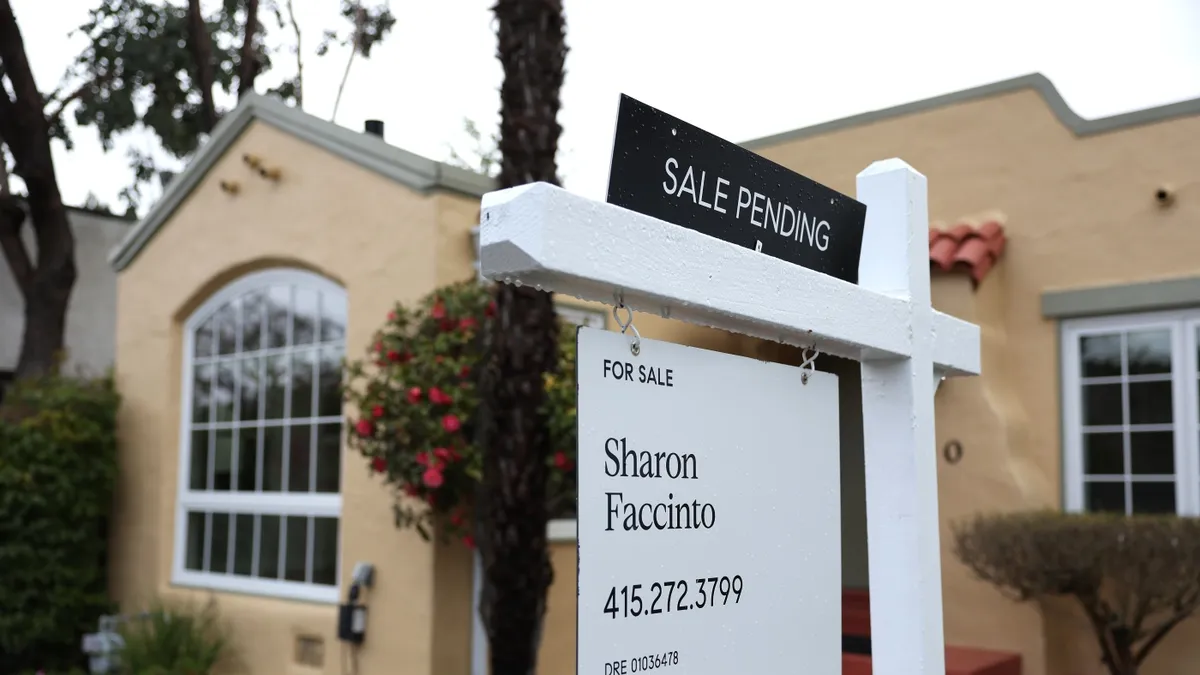
In June 2023, home prices soared to an unprecedented level, even as the housing market continues to struggle in the aftermath of the pandemic. The median price for an existing home sold last month reached $435,300, surpassing the previous record set in June 2024, according to data from the National Association of Realtors. However, it’s important to note that overall home sales have hit a nine-month low, seasonally adjusted, with a notable 2.7% decrease in sales from the previous month.
How can home prices remain so high when the market is showing signs of sluggishness? Jessica Lautz, deputy chief economist at the National Association of Realtors, describes today’s housing market as one characterized by stark contrasts between the haves and the have-nots. While many potential buyers are still sidelined, a segment of the population possesses significant financial resources. Rising wages and a booming stock market have empowered some individuals to capitalize on the current market conditions. Homeowners looking to upgrade can leverage their equity to make larger purchases, with many opting for all-cash transactions, allowing them to navigate the existing housing landscape more easily.
The upper echelon of the housing market is currently experiencing remarkable strength. Homes priced above $1 million witnessed a substantial sales surge last month, increasing by 14% compared to the previous year. As property values climb, a growing number of homes now fall into this high-value category. An analysis conducted by the real estate brokerage Redfin revealed that 8.5% of homes in the U.S. are valued at $1 million or more. This trend is indicative of the demographic purchasing these homes, with all-cash buyers accounting for 29% of transactions last month.
However, for first-time homebuyers and those from middle-income brackets, the market can be particularly challenging. Although the growth rate of home prices has slowed, the current median price is now 48% higher than it was just five years ago. Many first-time buyers are making sacrifices, either by paying significant sums after years of saving or seeking assistance from family. In June, first-time buyers constituted 30% of transactions, yet many more wish to enter the market but find it unaffordable.
Even though there are more homes available for sale now compared to a year ago, the inventory remains lower than pre-pandemic levels. Elevated mortgage rates, currently averaging 6.74%, are further discouraging potential buyers. For individuals trying to purchase their first home, these high rates, combined with soaring prices, complicate their ability to afford monthly payments. Each percentage point increase in interest can translate into hundreds of dollars added to a buyer's monthly mortgage payment, effectively pricing many out of the market.
Lautz also points out that high mortgage rates are discouraging existing homeowners from selling. The lock-in effect is prevalent, as homeowners with lower-interest-rate mortgages are reluctant to sell unless they have substantial housing equity. Ironically, if mortgage rates were to decrease, it could trigger increased demand and potentially drive home prices even higher. This scenario would create additional challenges for first-time homebuyers attempting to enter a competitive market.
It’s essential to recognize that home price trends are not uniform across the country. Redfin employs a different methodology than the National Association of Realtors to analyze home prices, focusing on recent sales compared to previous transactions. Their findings indicate that prices have declined in 30 out of 50 metropolitan areas, with the most significant drops observed in Washington, D.C., Austin, Texas, and San Diego. According to Marshall Park, Redfin's senior market manager for the D.C. metro area, federal job cuts are among the factors contributing to the decline, alongside increased price sensitivity among buyers.
Interestingly, new home sales showed a slight increase compared to May, although they fell nearly 7% compared to the previous year. Analysts from Wells Fargo attribute these figures to weak buyer demand stemming from challenging affordability conditions and economic uncertainty. Traditionally, new homes were priced higher than existing ones, but this is no longer a certainty. The median sales price for a new single-family home sold last month was $401,800, which is nearly $40,000 less than the median price for existing single-family homes.
Several factors contribute to this shift. Homebuilders are focusing on constructing smaller homes to meet the demand for starter homes, while existing homes often have advantages in terms of location. Additionally, homebuilders are now in a position to offer price reductions to attract buyers, with 38% of builders reporting price cuts in July—the highest percentage since tracking began in 2022. However, the same high interest rates that are keeping mortgage rates elevated are also increasing the cost of new home construction. In June, single-family home starts fell to an 11-month low, and permits for new construction dropped to a two-year low. This decline in supply could have lasting implications for housing prices in the future.